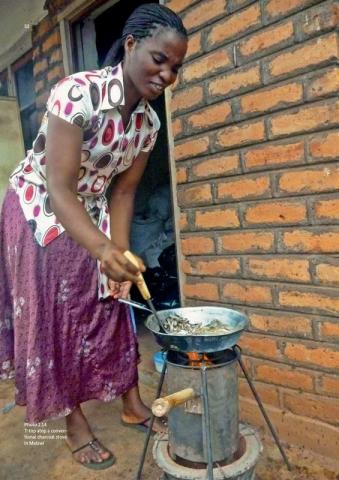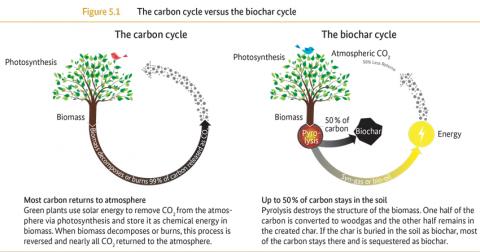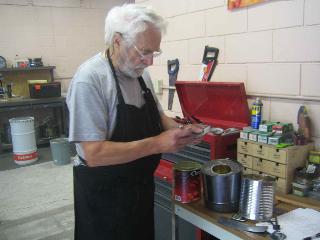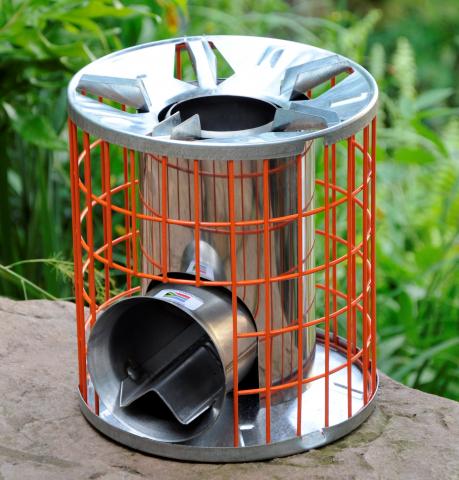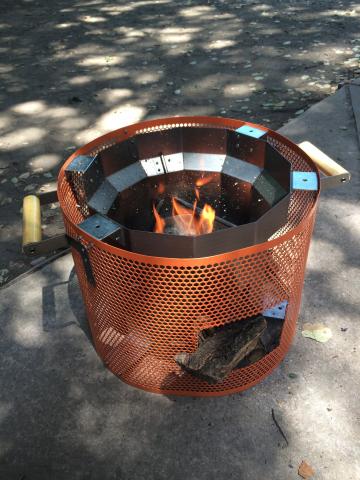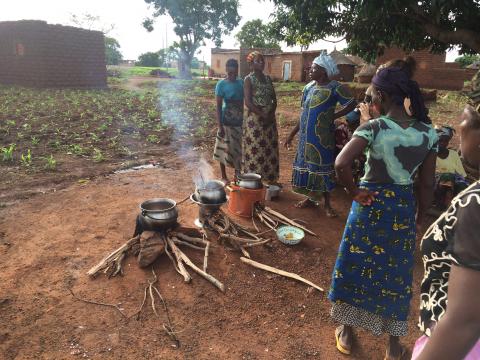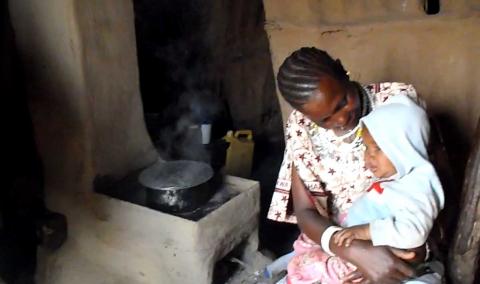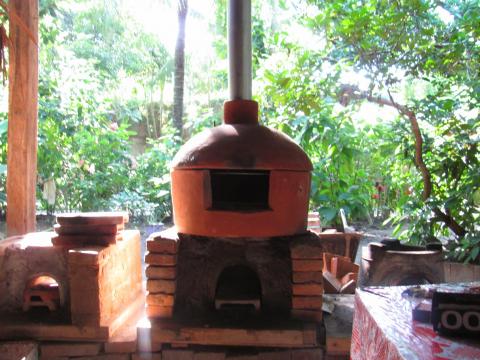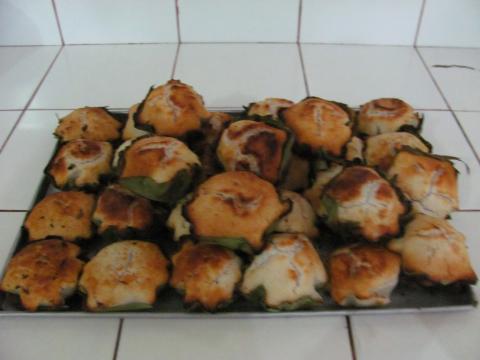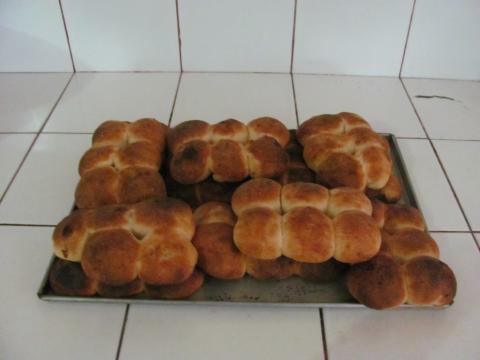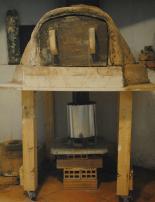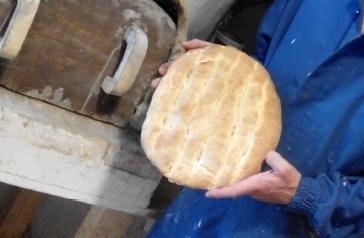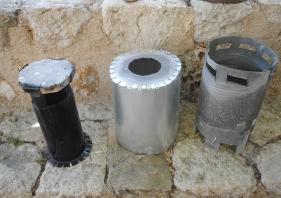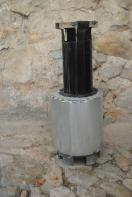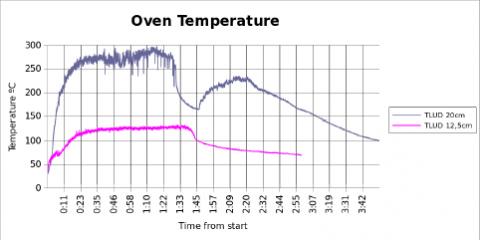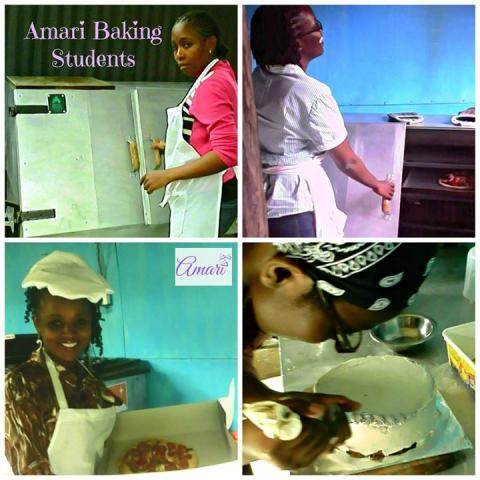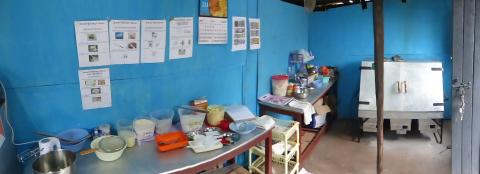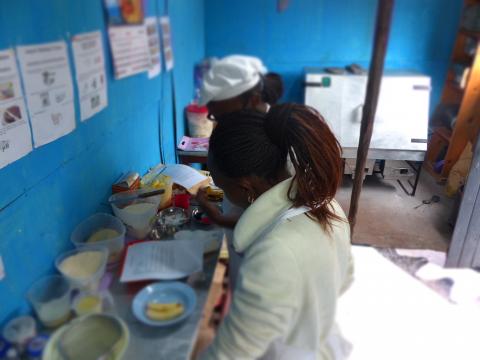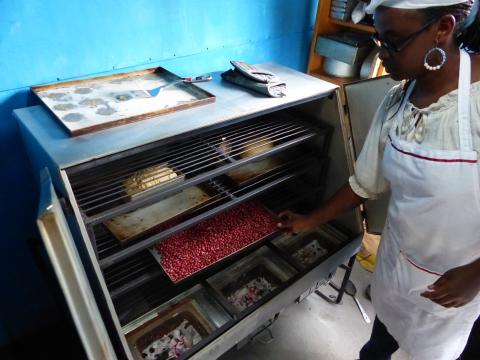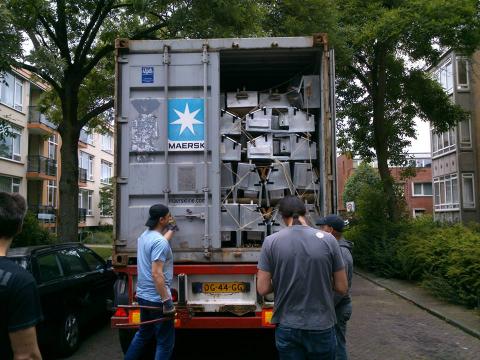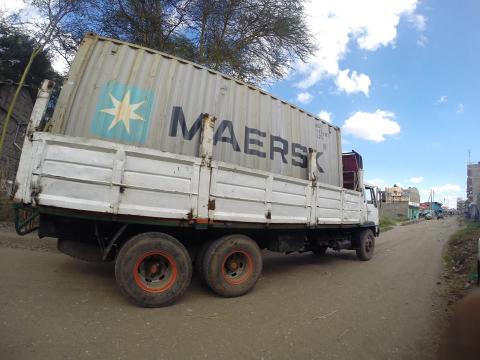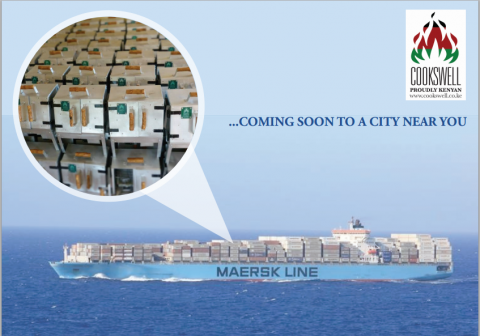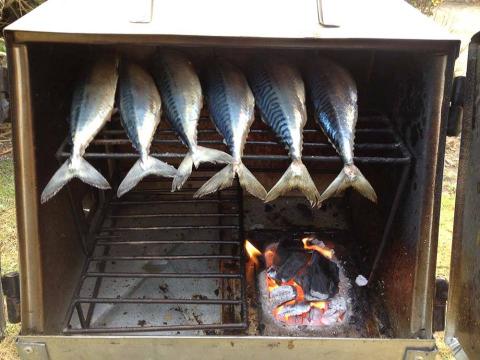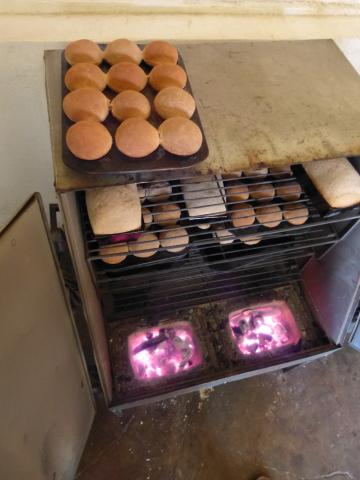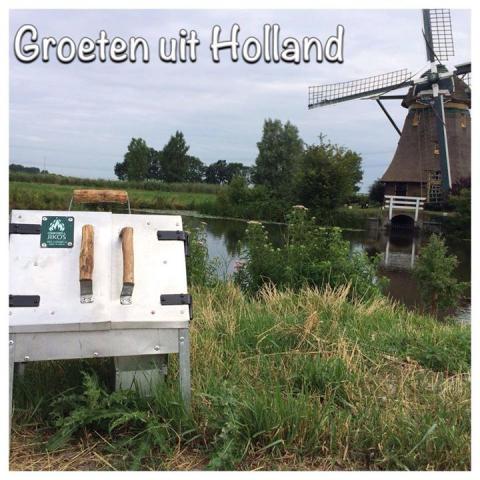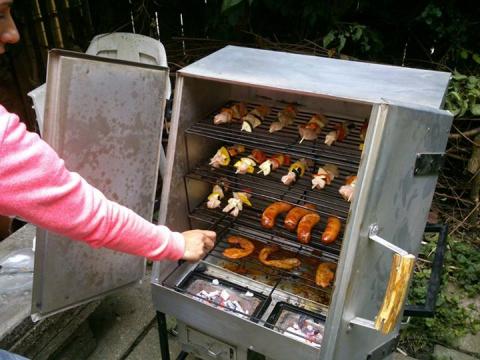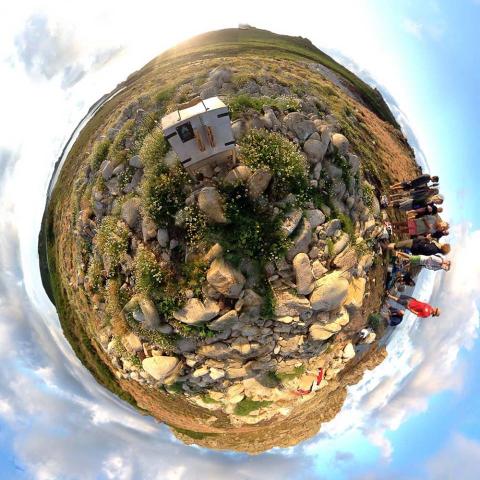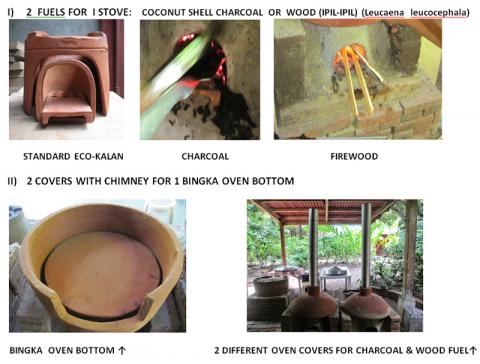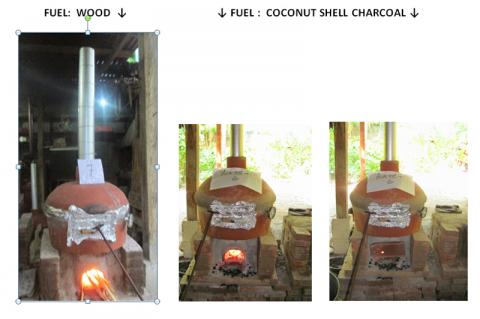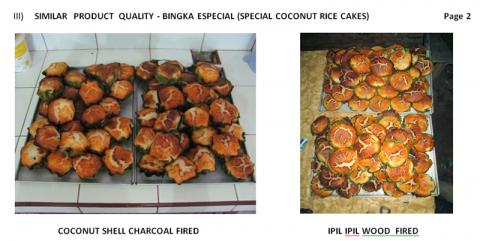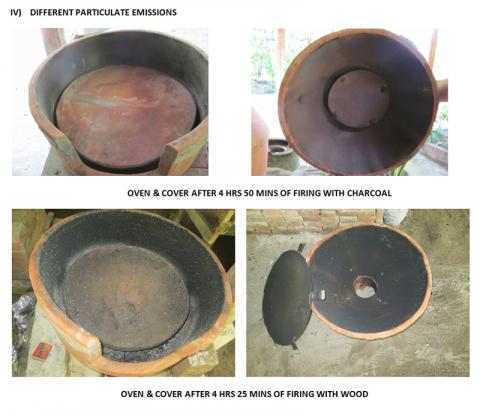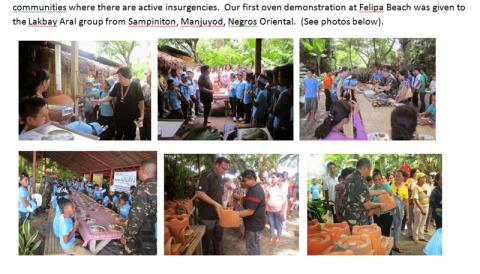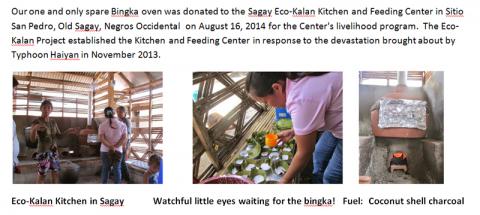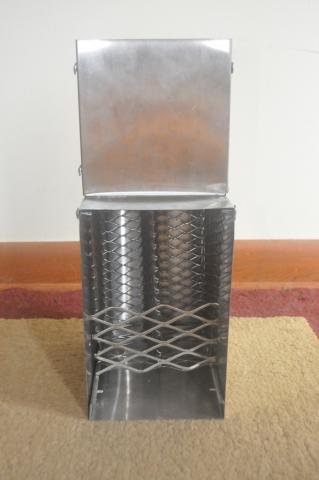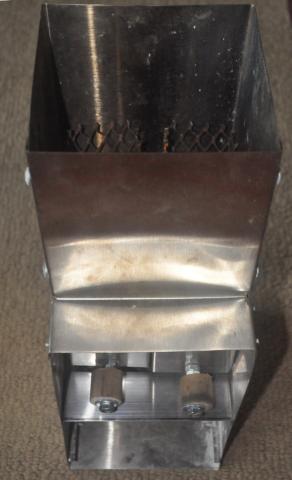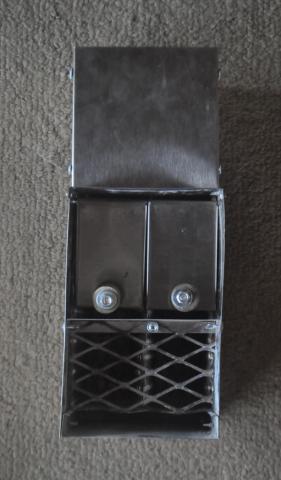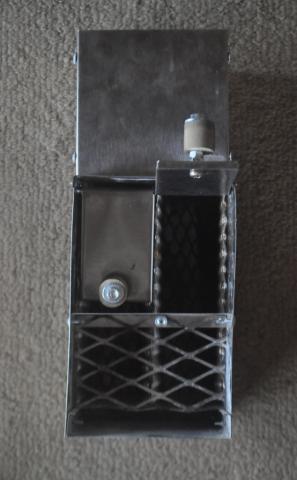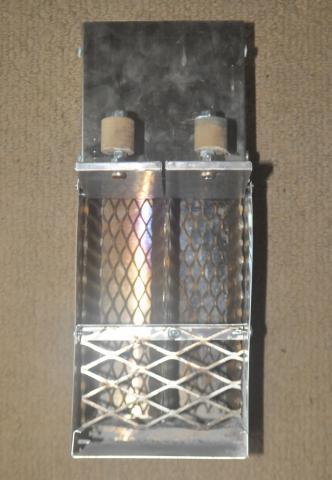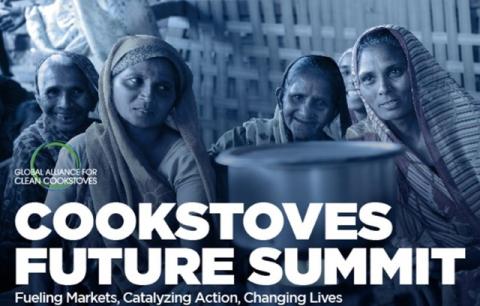Find out more about the Eco-Kalan project here: http://www.eco-kalan.com/
February 3, 2014
Dear Friends,
On December 27-28, 2013, the Eco-Kalan Project Team led by Monica Sison and the Philippine Army (302nd Infantry Achiever Brigade in Tanjay, Negros Or.; 303rd Infantry Brigade in Murcia, Negros Occ,; and 62nd Infantry Battalion in Sagay) went on a relief mission to Purok San Pedro Beach in Barangay Old Sagay, Negros Occidental, Philippines*:
a) to distribute relief food supplies and clothing collected by Monica from a Catholic school where she is teaching, the Social Action Team of the Catholic Diocese of Dumaguete, and ONCAN (Oriental Negros Children Advocacy Network); and
b) to train 150 persons in the set up and use of the eco-Kalan from Barangay Old Sagay who were worst hit by Typhoon Haiyan (locally called Yolanda). These trainees would become the demonstrators at eco-Kalan presentations in their barangay in the New Year. Of the 150 persons selected by Barangay Old Sagay officials, only 35 were from Purok San Pedro Beach.
Purok San Pedro Beach is a coastal village where fishing is the main livelihood. It is also the poorest of the typhoon devastated areas in Old Sagay. Since Typhoon Haiyan (Yolanda) hit the eastern Visayas on November 8, 2013, little aid has reached this purok. The typical relief food package given to a family was 3kg of rice, 2-3 little cans of sardines and 2-3 packs of noodle soup -- a single day's meager provision for a family of 2 adults and 4 little children. Poor families extended the number of days they ate from this food aid by cooking the rice as lugaw -- i.e., rice boiled in lots of water.
Preferential access were given to the 150 trainees from the different puroks throughout Barangay Old Sagay by means of a ticket to relief food and clothing, eco-kalans and to food cooked from an uncovered eco-Kalan kitchen. This was perceived as an unfair distribution of relief aid in Purok San Pedro Beach where there are many poor and hungry children. I was still in Canada when I saw the photos of the December 27-28, 2013 relief mission to Old Sagay, one of which was that of a little boy holding out a tiny piece of paper purporting it was his ticket that entitled him to a meal. I realized then that the barangay approach to giving relief aid had to change to the purok level. It was then when I decided to establish a covered eco-Kalan kitchen and feeding center in Purok San Pedro Beach with the capacity to feed its entire population of about 2,000.
On January 9, 2014, with support from the 302nd Infantry Brigade, the Eco-Kalan Project sent a Philippine Army truck loaded with building materials for the construction of a covered Eco-Kalan Kitchen and Feeding Center in Purok San Pedro Beach. Purok officials, the Eco-Kalan Project and the 302nd Infantry Brigade agreed to the inauguration of the kitchen and feeding center and presentation of eco-Kalans to the entire San Pedro Beach community and neighboring Punta Roma for January 25, 2014. Photos and the YouTube video of the inauguration will be posted by mid-February 2014.
A similar installation and inauguration of an Eco-Kalan Kitchen in Lacawon Island in Cadiz Viejo, Negros Occidental is scheduled for February 10, 2014.
Warm regards,
Rebecca Arrieta Vermeer
Eco-Kalan Project in the Philippines
Felipa Beach, Mangnao
Dumaguete City, Negros Oriental
*Philippines→provinces→cities & towns→barangays→puroks



